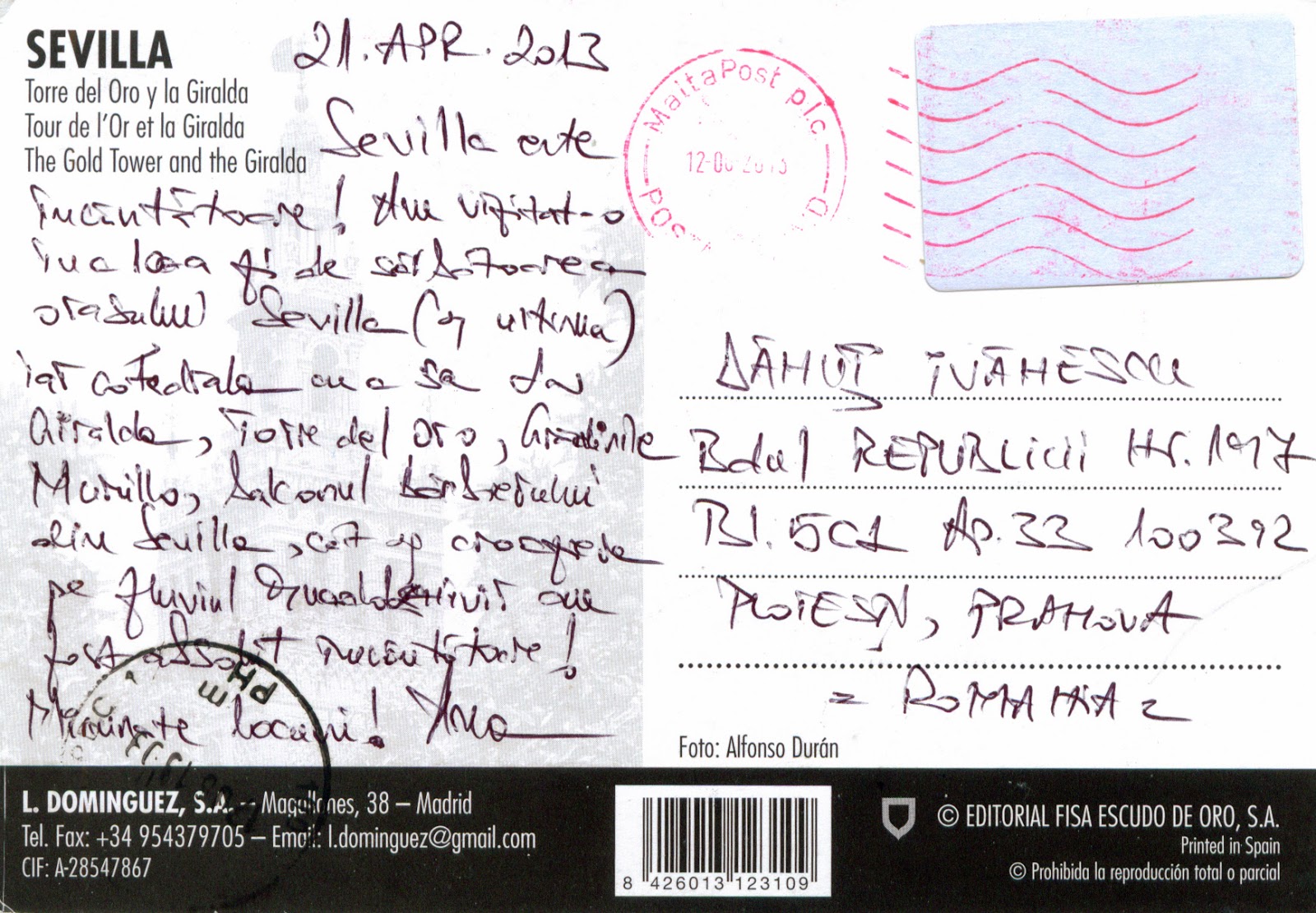 |
| 0959 Seville - Aerial view of the Cathedral and The General Archive of the Indies |
 |
| 0960 Seville - The Gold Tower and the Giralda |
After more than five centuries of Muslim rule, in 1248 Ferdinand III incorporated it into the Christian Kingdom of Castile. The discovery of the Americas transformed it in one of the economic centres of the Spanish Empire, as its port monopolised the trans-oceanic trade. Coinciding with the Baroque period, the 17th century represented the most brilliant flowering of
the city's culture, but then began a gradual economic and demographic
decline. Its Old Town, very well preserved, is the third largest in
Europe. Cathedral, Alcázar and General Archive of the Indies form a remarkable monumental complex in the heart of the city.
The General Archive of the Indies is the repository of extremely
valuable archival documents illustrating the history of the Spanish
Empire in the Americas and the Philippines. The building itself, an unusually serene and Italianate example of Spanish Renaissance architecture, was designed by Juan de Herrera, the architect of the Escorial. The origin of the structure dates from 1572 when Philip II commissioned a building to house the Consulado de mercaderes
(the merchant guild of Seville). The building encloses a large central
patio with ranges of two storeys, the windows set in slightly sunken
panels between flat pilasters. It became the Archivo General de Indias
in 1785.
The Torre del Oro was built by the Almohad dynasty in the first third of the 13th century as a watchtower and defensive barrier on the river. A chain was strung through the water from the base of the tower to prevent boats from traveling into the river port. Its name comes from the golden shine it projected on the river, due to its building materials (a mixture of mortar, lime and pressed hay). The tower is divided into three levels, with the third and uppermost being circular in shape and added in 1769. Today is a naval museum.
References
Seville - Wikipedia
Cathedral, Alcázar and General Archive of the Indies in Seville - UNESCO official website
General Archive of the Indies - Wikipedia
Seville Cathedral - Wikipedia
Torre del Oro - Wikipedia
Sender 0959, 0960: Ana
Sent from Seville (Andalusia / Spain), on 12.06.2013
photo 0959: Paisajes Aereos
photo 0960: Alfonso Duran


No comments:
Post a Comment